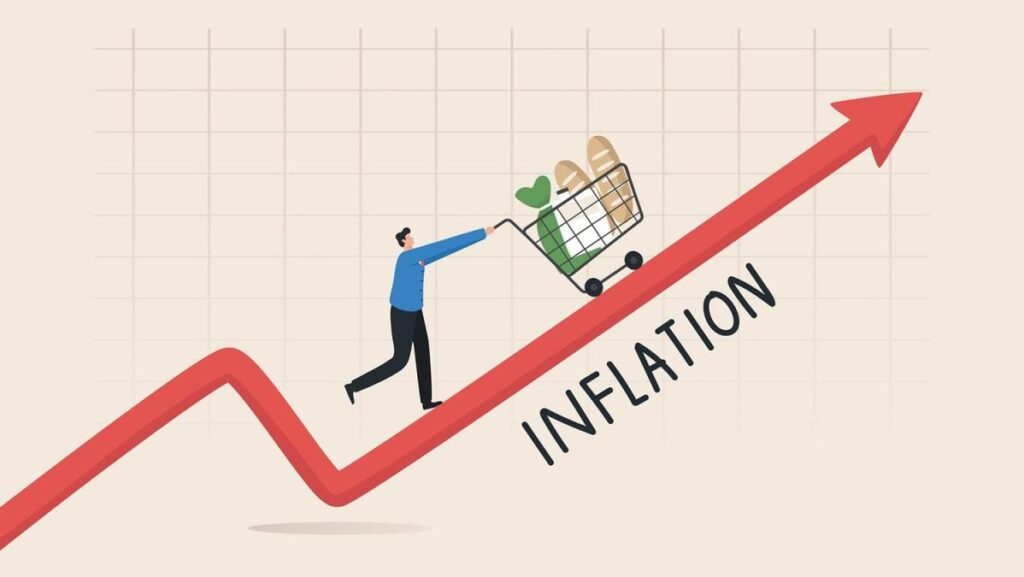Inflation affects everything from groceries to housing, yet its causes remain widely misunderstood. It’s not just about prices rising—it’s a complex interplay of supply, demand, and monetary policy. When too much money chases too few goods, inflation follows. But external shocks, like supply chain disruptions, can accelerate it unpredictably.
Central banks aim to stabilize inflation, but their tools—like interest rate adjustments—take time to work. Raising rates cools spending and borrowing, slowing price growth. However, if done too aggressively, it risks triggering a recession. The balance is delicate, and policymakers often face criticism no matter their approach.
Not all inflation is bad. Moderate inflation (around 2%) signals a growing economy. Deflation, where prices fall, can be far worse—discouraging spending and investment. The challenge is preventing inflation from spiraling while maintaining economic momentum.
Not everyone feels inflation equally. Lower-income households spend more on essentials like food and energy, making them more vulnerable. Wealthier individuals may barely notice price shifts in discretionary spending. This inequality forces governments to consider targeted relief measures.
Globalization once helped suppress inflation by keeping production costs low. But with rising trade barriers and reshoring trends, that buffer is fading. Future inflation may be more volatile, requiring new policy frameworks.
Can technology help curb inflation? Automation and AI could lower production costs, but they also disrupt labor markets. The net effect remains uncertain—an area economists are closely watching.
Inflation isn’t just an economic metric—it’s a lived experience. Understanding its drivers empowers individuals to make better financial decisions, even if they can’t control the broader trend.

